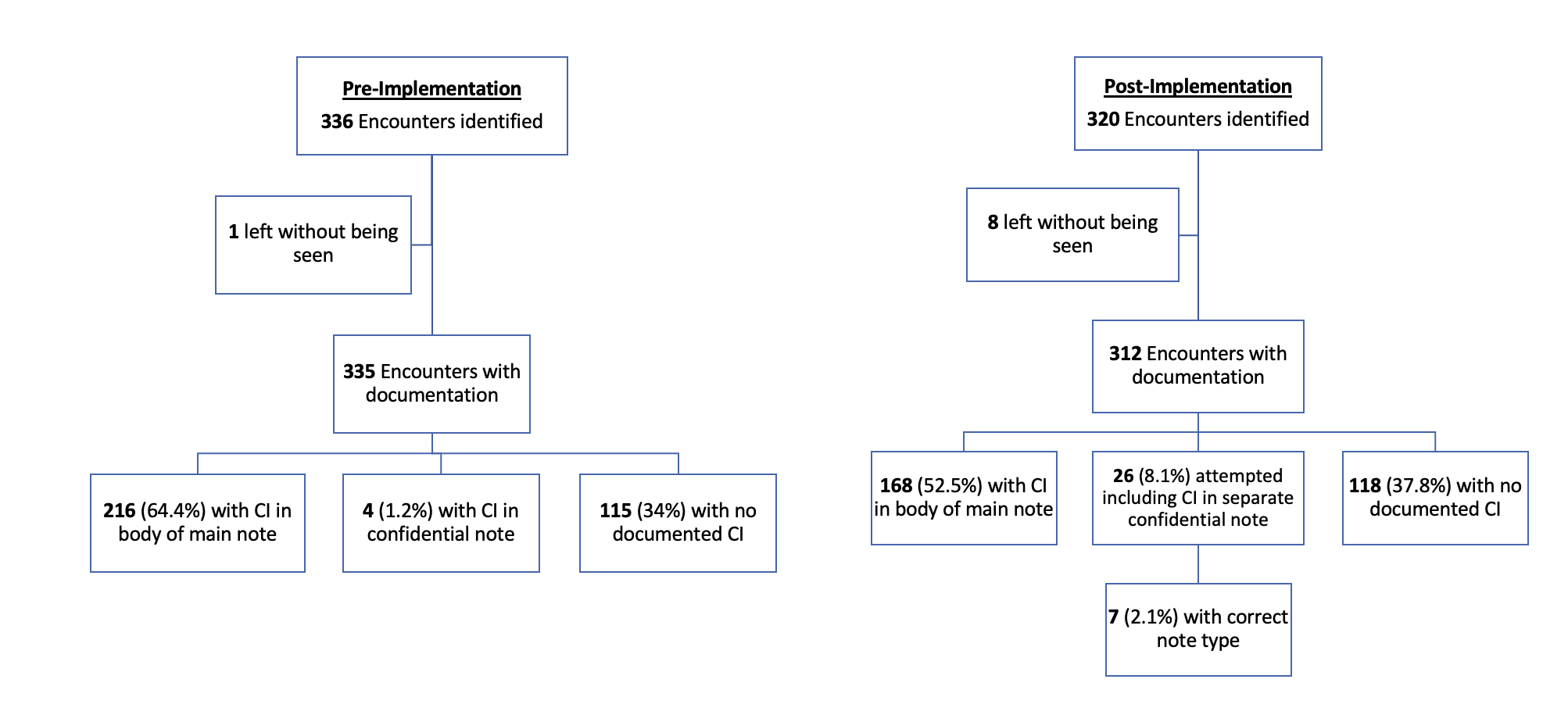Emergency Medicine
Session: Emergency Medicine 12: Potpourri
430 - Assessing Appropriate Documentation of Adolescent Confidential Information in the Pediatric Emergency Department
Monday, May 6, 2024
9:30 AM - 11:30 AM ET
Poster Number: 430
Publication Number: 430.3282
Publication Number: 430.3282

Raymond Pitetti, MD, MPH (he/him/his)
Chief, Division of Pediatric Emergency Medicine
UPMC Childrens Hospital of Pittsburgh
Pittsburgh, Pennsylvania, United States
Presenting Author(s)
Background: Adolescents account for 15% of pediatric emergency department (PED) visits. Adolescents visiting the PED represent a vulnerable population and often have exposure to violence, mental health challenges, and illicit substance use. They may be hesitant to disclose these issues to providers for concerns of confidentiality. Recent changes in healthcare electronic medical record (EMR) transparency may inadvertently reveal sensitive findings, now potentially accessible to parents or guardians. To address these challenges for adolescent patients, our urban tertiary care PED introduced a new confidential note type (CNT).
Objective: In this study, our primary aim was to determine patterns in documentation of confidential information (CI) in the percent of female adolescent patients presenting to our PED with abdominal pain pre- and post-implementation of our EMR’s new confidential note. We also assessed differences in documentation based on demographics including age, race, and trainee type.
Design/Methods: We conducted a retrospective chart review of female patients aged 12-18 years presenting to the PED with a chief complaint of abdominal pain during equivalent three-month time periods one year pre- and post-introduction of the new CNT. We examined whether patients had CI documented in the accessible note type (body of the main PED note) versus the new confidential note. Chi-squared tests were used to compare proportions.
Results: We identified 655 patients during the study periods (Figure 1). Providers were more likely to include CI in the body of the accessible ED note pre-implementation (64 vs 52%, p< 0.01). One-year post-implementation, however, only 2% of patients had CI correctly documented in the CNT. Patients were more likely to have CI documented in accessible notes if they were 15-18 years of age or were identified as black (Table 1). Additionally, emergency medicine and family medicine residents more frequently included CI in the body of the note compared to pediatric-focused providers.
Conclusion(s): In our PED, providers documented CI in the accessible EMR note in approximately half of encounters for female adolescents with abdominal pain. The new CNT resulted in a small improvement in appropriate documentation. The overall low rate of post-implementation confidential notes, especially in older and black adolescent females, and by trainees who work with adult patients, demonstrates the need for continued provider education to improve comprehensive care for adolescents.

.png)
